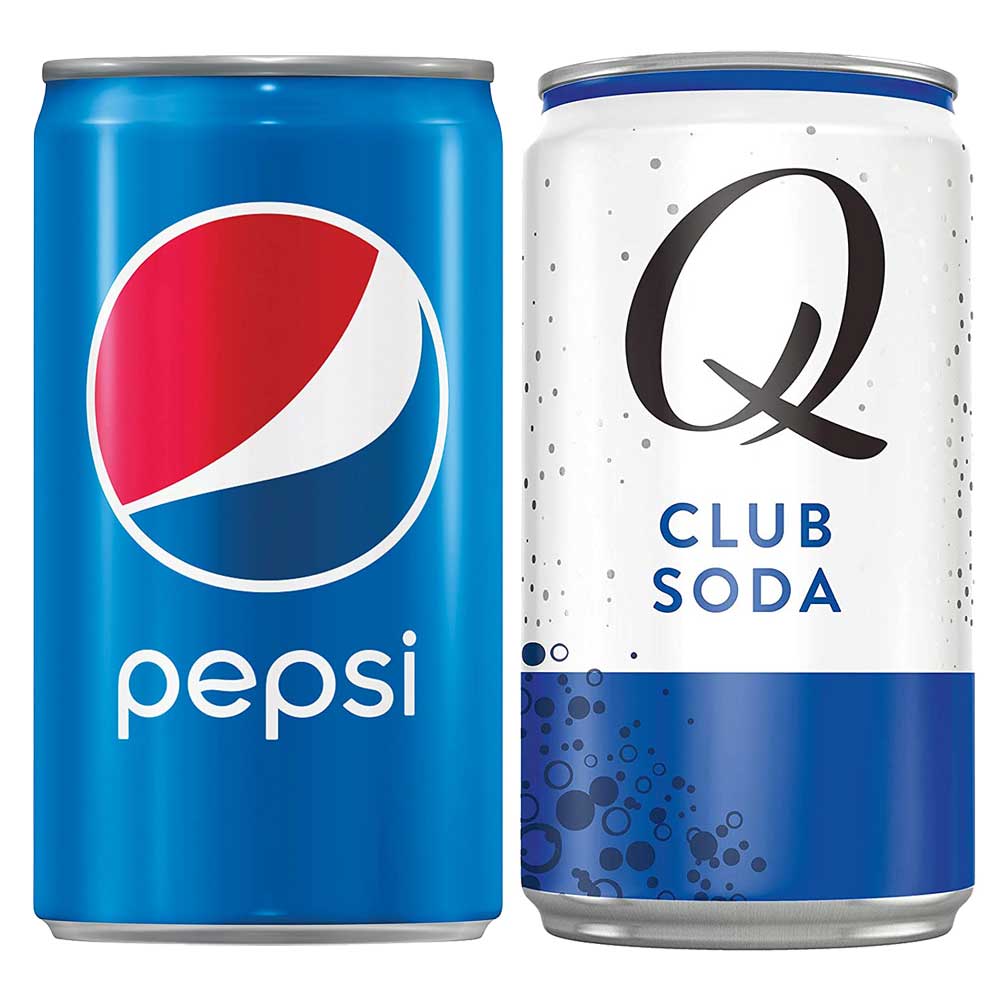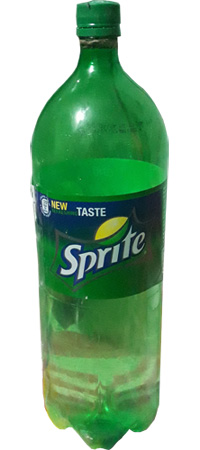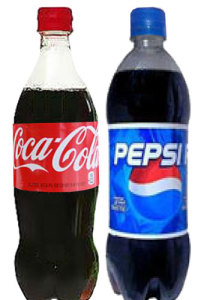Soft drinks are among the most widely consumed beverages in the world. From colas to fruit-flavored carbonated drinks, their refreshing taste and long shelf life depend heavily on preservatives. These additives play a crucial role in preventing spoilage caused by bacteria, molds, and yeasts, especially in products that travel long distances or are stored for extended periods. Without preservatives, soft drinks would spoil quickly, lose their flavor, and pose potential health risks. But what exactly are these preservatives, and are they safe for consumption? Let’s explore in detail.
Types of Preservatives Used in Soft Drinks
Preservatives in soft drinks can be broadly classified into chemical preservatives and natural preservatives. Each type has distinct functions, depending on the drink’s formulation and storage requirements.
1. Chemical Preservatives
These are synthetic compounds designed to inhibit microbial growth and extend shelf life. Common chemical preservatives include:
Sodium Benzoate (E211): One of the most widely used preservatives in carbonated beverages. It prevents the growth of fungi and bacteria, especially in acidic conditions (pH < 4.5).
Potassium Sorbate (E202): Effective against molds and yeasts, often used alongside sodium benzoate for better stability.
Sulphur Dioxide (SO₂): Primarily used in fruit-based drinks to prevent discoloration and fermentation.
Benzoic Acid: A natural form of sodium benzoate that provides antimicrobial protection.
2. Natural Preservatives
With the rise of consumer demand for “clean label” beverages, some brands now use natural preservatives, such as:
Citric Acid: Naturally found in citrus fruits; it lowers pH to create an environment hostile to microbes.
Ascorbic Acid (Vitamin C): Acts as an antioxidant that helps preserve color and flavor.
Rosemary Extracts and Essential Oils: Possess natural antimicrobial properties used in organic or artisanal drinks.
Common Preservatives in Beverages
Different types of soft drinks use different combinations of preservatives depending on their ingredients, sweetness level, and carbonation. Here’s a quick overview:
| Beverage Type | Common Preservatives Used | Purpose |
| Carbonated Colas | Sodium Benzoate, Phosphoric Acid | Prevent microbial growth and stabilize pH |
| Fruit-Flavored Drinks | Potassium Sorbate, Citric Acid | Inhibit yeast and mold |
| Energy Drinks | Sodium Benzoate, Ascorbic Acid | Maintain freshness and prevent oxidation |
| Sparkling Juices | Benzoic Acid, Sulphur Dioxide | Prevent spoilage and preserve flavor |
| Diet Drinks | Potassium Sorbate, Citric Acid | Preserve sweetness stability |
Role of Preservatives in Soft Drinks
Preservatives serve several critical functions in beverage manufacturing and storage:
Preventing Microbial Growth: Soft drinks, especially those with fruit extracts or sugar, are prone to microbial contamination. Preservatives like sodium benzoate and potassium sorbate destroy or inhibit microorganisms, preventing spoilage.
Maintaining Product Stability: Preservatives help maintain the drink’s taste, color, and aroma throughout its shelf life.
Extending Shelf Life: Without preservatives, soft drinks could spoil within days of production. Preservatives extend their usability to months or even years.
Ensuring Consumer Safety: Microbial spoilage can lead to toxins and off-flavors. Proper preservation ensures the product remains safe for consumption.
Carbonation and Preservation
Carbonation — the process of dissolving carbon dioxide (CO₂) gas into the beverage — also acts as a natural preservative. Here’s how carbonation enhances preservation:
Creates an Acidic Environment: The dissolved CO₂ forms carbonic acid, lowering the pH and inhibiting bacterial growth.
Reduces Oxygen Exposure: Carbonation minimizes oxygen inside the bottle, preventing oxidation and staling.
Adds Pressure: The sealed carbonated environment creates pressure that discourages microbial contamination.
However, carbonation alone cannot prevent all forms of spoilage — hence the addition of chemical or natural preservatives for complete protection.
Shelf Life of Soft Drinks
The shelf life of soft drinks typically ranges from 6 to 12 months, depending on the packaging, ingredients, and storage conditions. Preservatives play a major role in extending this period by controlling microbial activity. Factors affecting shelf life include:
Acidity (pH) Level: Lower pH helps preservatives function more effectively.
Temperature: High storage temperatures can reduce preservative efficiency.
Light Exposure: UV light can degrade ingredients and affect preservation.
Packaging Type: Cans and PET bottles are designed to maintain carbonation and prevent oxygen entry.
Manufacturers conduct shelf-life studies to ensure preservatives remain effective throughout the drink’s intended lifespan.
Microbial Stability in Beverages
Microbial stability ensures that soft drinks remain free from contamination during production, storage, and transportation. To achieve this, manufacturers follow these steps:
Pasteurization or Filtration: To eliminate most microorganisms before packaging.
Acidification: Lowering the pH through citric or phosphoric acid to discourage microbial growth.
Preservative Addition: Using sodium benzoate, potassium sorbate, or other preservatives to inhibit residual microbes.
Aseptic Packaging: Ensuring that no contamination occurs after bottling.
When done correctly, this combination provides both safety and long-lasting freshness.
Are Preservatives in Soft Drinks Harmful?
The safety of preservatives in beverages has been a long-standing debate. While preservatives are generally recognized as safe (GRAS) when used within legal limits, overconsumption or chemical interactions can pose risks. Potential Health Concerns:
Sodium Benzoate & Vitamin C Reaction: Under certain conditions, sodium benzoate can react with ascorbic acid to form benzene, a known carcinogen. Modern manufacturing strictly controls this risk by adjusting formulations.
Allergic Reactions: Some individuals may experience mild allergic responses to benzoates or sulfites.
Behavioral Concerns in Children: Some studies suggest preservatives combined with artificial colors might contribute to hyperactivity in sensitive children.
Despite these concerns, regulatory agencies maintain that preservatives are safe within specified limits.
FDA Regulations on Preservatives in Beverages
The U.S. Food and Drug Administration (FDA) and similar international agencies strictly regulate the use of preservatives in food and beverages.
Key FDA guidelines include:
Acceptable Daily Intake (ADI):
- Sodium Benzoate: Up to 5 mg/kg of body weight per day.
- Potassium Sorbate: Up to 25 mg/kg of body weight per day.
- Labeling Requirements: All preservatives must be clearly listed on the product label.
- Testing for Benzene Formation: The FDA routinely monitors beverages containing sodium benzoate and ascorbic acid for benzene traces.
- GRAS (Generally Recognized As Safe) Status: Most preservatives used in soft drinks are classified as GRAS when used correctly.
Manufacturers are also encouraged to minimize preservative use by improving hygiene, filtration, and packaging methods.
Conclusion
Preservatives are essential components in modern soft drink production. They ensure microbial safety, product stability, and long shelf life, allowing millions of consumers to enjoy their favorite beverages without spoilage. While certain preservatives have drawn criticism, scientific evidence and strict regulations ensure they remain safe within defined limits. For health-conscious consumers, preservative-free or naturally preserved beverages are now widely available — offering choice without compromising safety.


